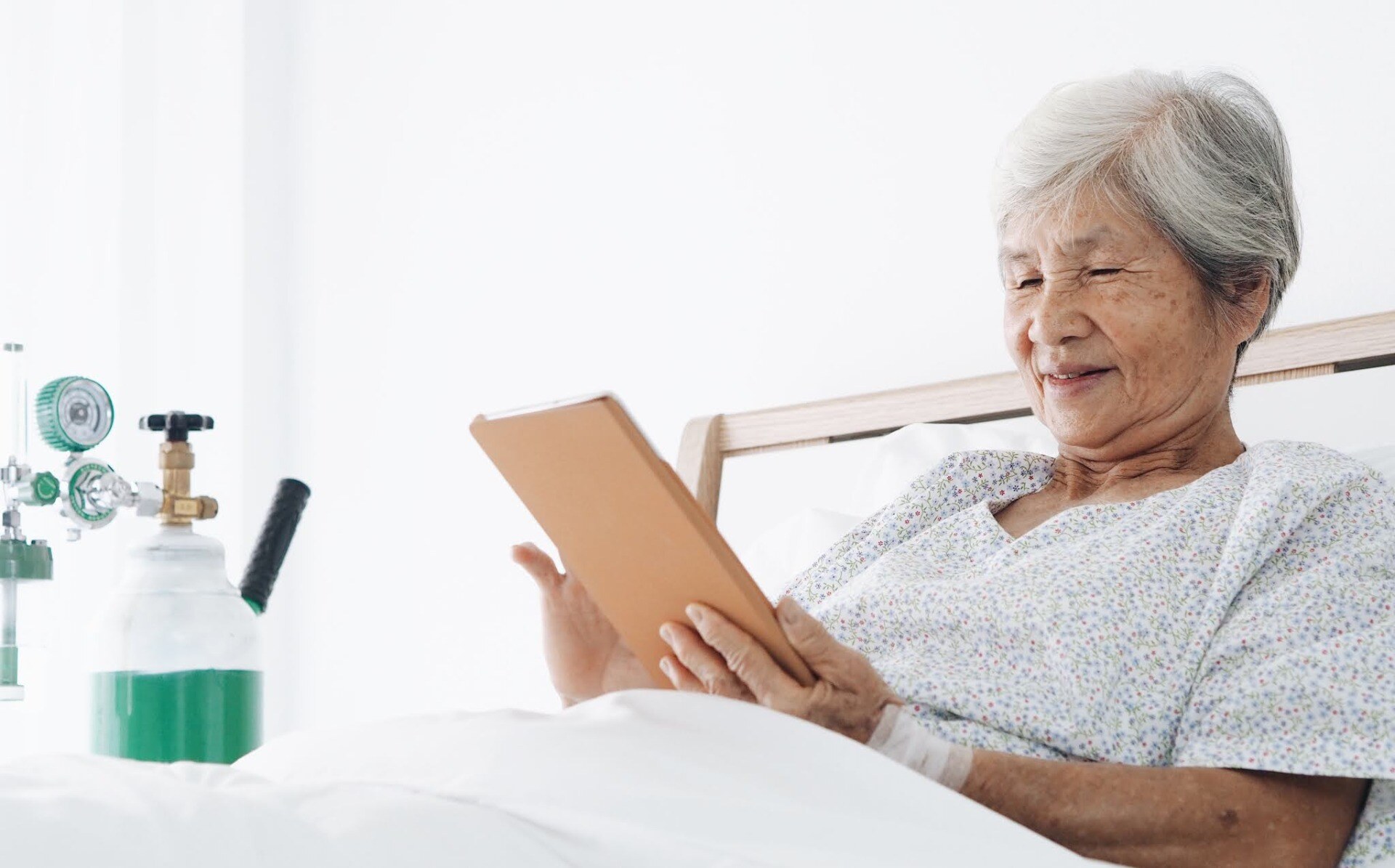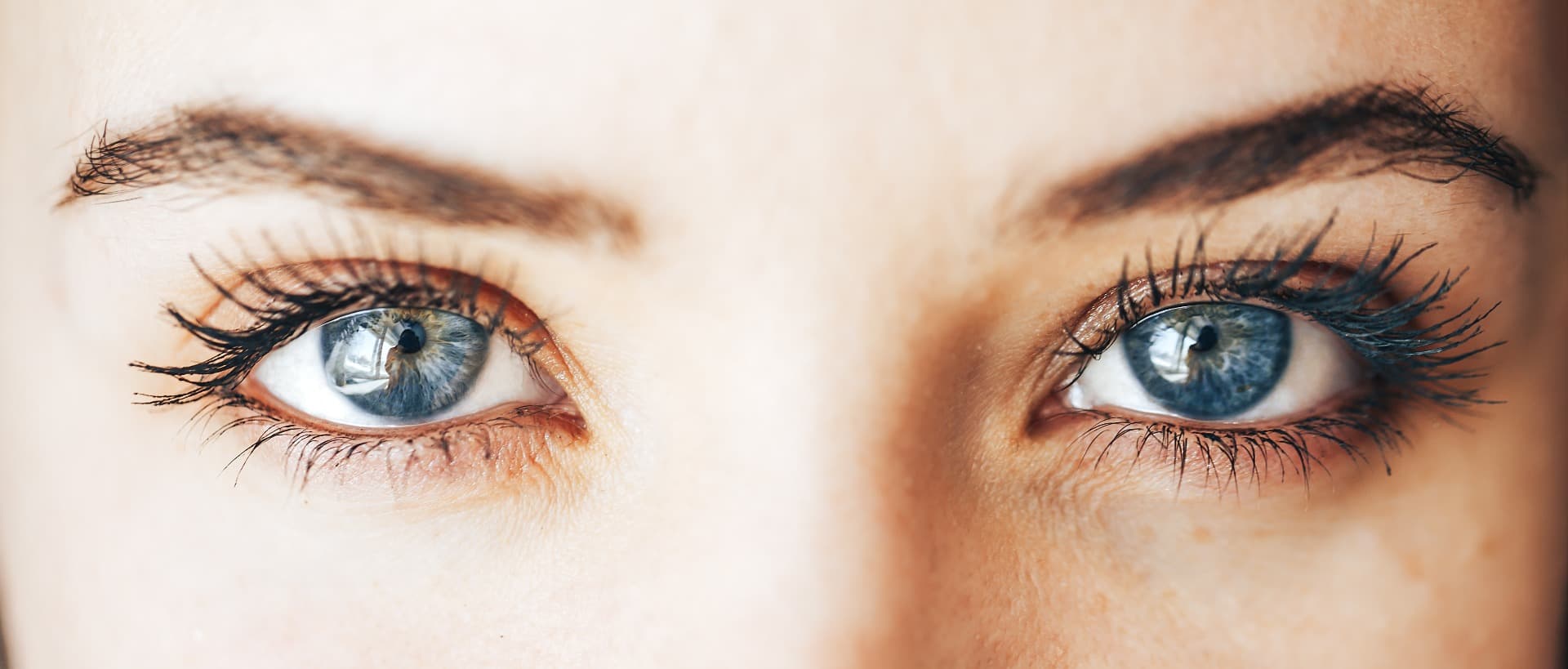Artificial vs Natural Lighting
Lighting has a significant impact on the brain's capacity to focus. Good illumination in classrooms tends to improve the efficacy of the brain's ability to gather data. And full-spectrum illumination (like natural light) is the most effective at improving behavior, reducing anxiety and tension, and improving general health. Cool-white fluorescent lighting scatters off the surface of a white paper or whiteboards and reflects into the eyes. This reflection causes face covering reflection, a form of unwanted glare. This interferes with students' ability to read text on paper and on the whiteboard, resulting in poor academic performance. According to a study of 21,000 primary school students in the United States, children who were exposed to more sunlight throughout the school day, over the course of a school year, fared 26% better in literacy and 20% better in arithmetic than kids in poorly lit classrooms.
Blue-light exposure throughout the day, may have a strong impact on teenagers. Puberty-related biological changes delay the sleep-wake cycle by shifting melatonin secretion later in the evening (making it more difficult for teenagers to fall asleep early) and later in the morning (making it harder for teens to wake up early). Because light resets the body's circadian cycle, exposing teenagers to blue light can enhance their alertness and academic performance.

Sleeping Important In Learning

Sleeping quality is a major problem in the learning process for adolescents. When new knowledge is obtained, sleep is necessary to help preserve and cement it into the architecture of the brain, making it less likely to be forgotten. Non-REM stages of sleep tend to prepare the brain for effective learning the next day. If one hasn’t slept, the capacity to learn new things may be reduced by up to 40%. The REM phase appears to play a role in connecting similar memories. REM sleep also aids in the processing of emotional memories, which can lessen the intensity of emotions, says sleep expert Dr. Robert Stickgold of Harvard Medical School.
To take care of a teenager's sleeping cycle, it's essential to lay the foundation for a good night's sleep the night before. That's why an effective learning classroom can enhance students' quality of life and productivity. The correct lighting should be used in the effective learning environment to assist students in regulating their circadian cycle and achieving a better sleep session. Circadian lights emulate the natural light of the sun, activating one’s melanopsin receptors. During the day, they will produce more cortisol to enhance alertness. During the high peak of cortisol (alert hormone), in the early morning, their circadian rhythm will re-adjust and the melatonin (sleep hormone) would be released earlier guaranteeing more sleep for the students.
Noise as a Distraction
Many elements that influence classroom design and its impact on learning have been examined. In addition to illumination, noise and temperature are also on the list of issues to address.
Noise, particularly voices, has a major interfering effect on young children as they are learning. That’s because in children, the brain processes that allow one to filter out distractions and focus on the job at hand are still developing. As a result, adolescents are more sensitive to noise acoustics. Because loud interference makes it harder for children to focus, it has a wide-ranging impact on learning. Noise has been demonstrated to have a significant influence on the development of reading, writing, and comprehension skills, as well as overall academic achievement.
Acoustic panels for classrooms are intended to absorb noise reflected off hard surfaces such as desks and whiteboards. This lowers the sound pressure in the classroom as well as the volume at which a teacher must talk in order to be heard. This results in a more cognitive classroom environment for kids and a less stressful work environment for educators.
Best Temperature For Classrooms
Another important point to consider is the temperature in classrooms. A study, conducted out of UCLA, of the link between temperature and learning outcomes discovered optimum thermal ranges for optimal learning: between 68 and 74 degrees Fahrenheit, with around 50% humidity and always keeping an eye on the quality of the air.
This implies that opening the windows to enhance air quality and natural light would be unproductive because the noise from outside would distract the students even more. Additionally, it would alter the target temperature and humidity in the office.
Smart HVAC working with sensors can keep the temperature and the humidity in the right range, even when the number of students changes quickly. Another important task for HVAC is taking care of the air quality: a classroom with 20 to 30 people inside is an environment prone to high CO2 concentration. In order to obtain high air quality, which would encourage improved academic performance, the HVAC system must maintain the proper ratio of fresh and recirculated air.






